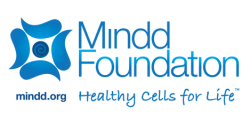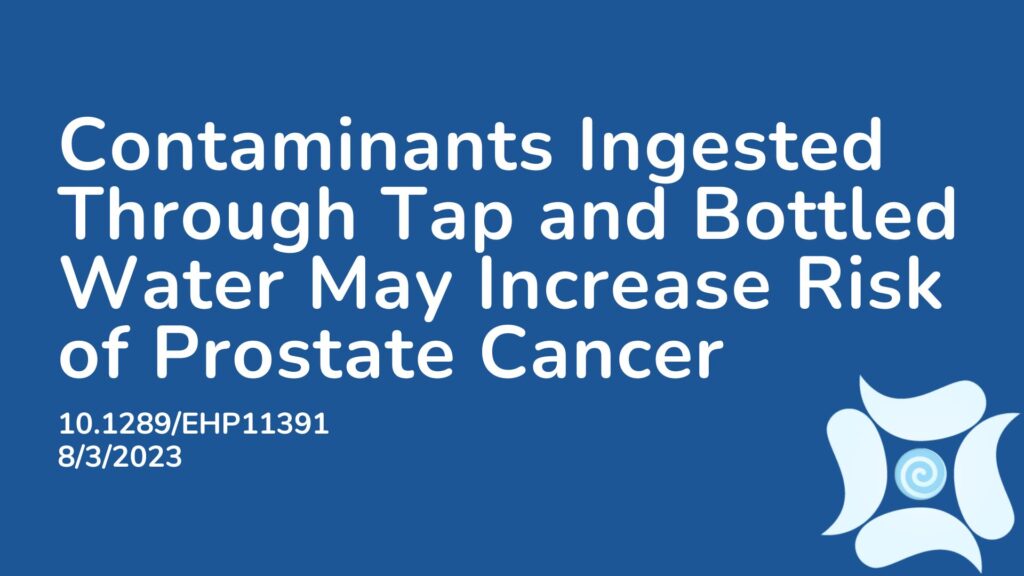Summary:
The aim of this study was to examine any possible associations between waterborne nitrate and trihalomethanes and the risk of prostate cancer. Nitrate and trihalomethanes are common contaminants ingested through bottled and tap water. The researchers revealed that ingesting these contaminants could be problematic for prostate cancer risk, particularly in younger men and those with aggressive tumours. The researchers also explored the role of diet and found that it plays an important role. Eating adequate amounts of fruit, vegetables and fibre, as well as foods containing vitamin C could mitigate the negative effect of nitrate and trihalomethanes in drinking water.
Abstract:
Background: Nitrate and trihalomethanes (THMs) in drinking water are widespread and are potential human carcinogens. Objective: We evaluated the association between drinking-water exposure to nitrate and THMs and prostate cancer. Methods: During the period 2008–2013, 697 hospital-based incident prostate cancer cases (97 aggressive tumors) and 927 population-based controls were recruited in Spain, providing information on residential histories and type of water consumed. Average nitrate and THMs levels in drinking water were linked with lifetime water consumption to calculate waterborne ingestion. Odds ratios (OR) and 95% confidence intervals (CI) were estimated using mixed models with recruitment area as random effect. Effect modification by tumor grade (Gleason score), age, education, lifestyle, and dietary factors was explored. Results: Mean (±standard deviation) adult lifetime waterborne ingested nitrate (milligrams per day), brominated (Br)-THMs (micrograms per day), and chloroform (micrograms per day) were 11.5 (±9.0), 20.7 (±32.4), and 15.1 (±14.7) in controls. Waterborne ingested nitrate >13.8 vs. <5.5mg/d was associated with an OR of 1.74 (95% CI: 1.19, 2.54) overall, and 2.78 (95% CI: 1.23, 6.27) for tumors with Gleason scores ≥8. Associations were higher in the youngest and those with lower intakes of fiber, fruit/vegetables, and vitamin C. Waterborne ingested THMs were not associated with prostate cancer. Residential tap water levels of Br-THMs and chloroform showed, respectively, inverse and positive associations with prostate cancer. Conclusions: Findings suggest long-term waterborne ingested nitrate could be a risk factor of prostate cancer, particularly for aggressive tumors. High intakes of fiber, fruit/vegetables and vitamin C may lower this risk. Association with residential levels but not ingested chloroform/Br-THM may suggest inhalation and dermal routes could be relevant for prostate cancer. https://doi.org/10.1289/EHP11391
Article Publication Date: 8/3/2023
DOI: 10.1289/EHP11391



